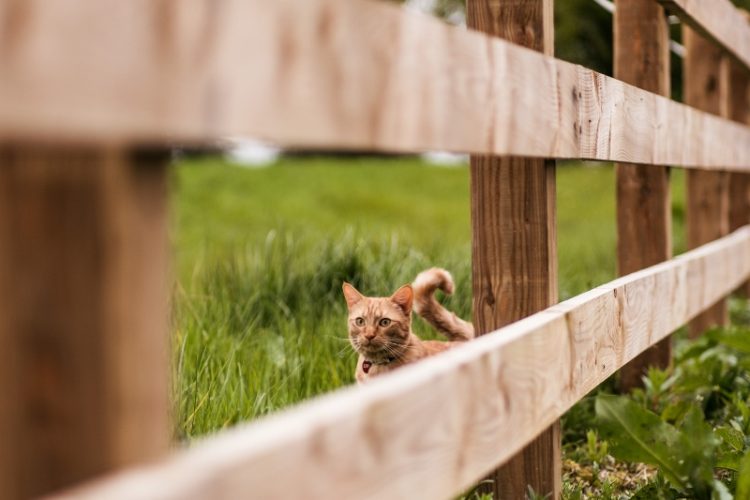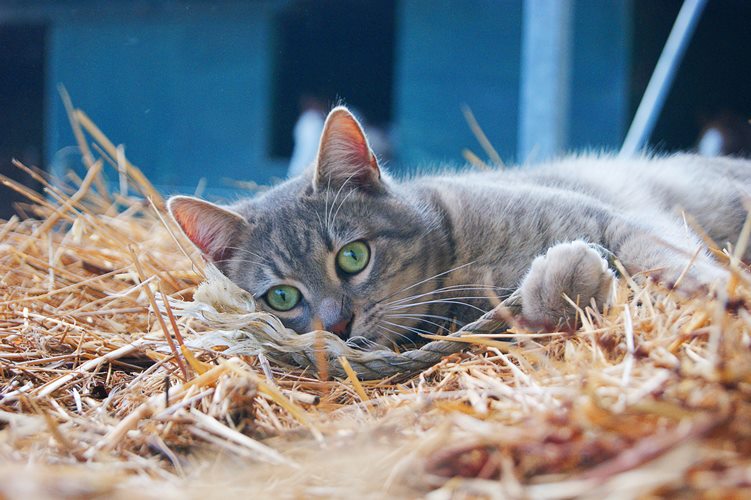Fewer people keep cats on smallholdings than those who keep dogs, but of those who do, SA Smallholder research shows the average is around three cats per plot.
According to the by-laws of most municipalities, owners are allowed to keep up to six cats on agricultural land.
We’ve all seen the alarming television programmes where the animal police have to go in and rescue a bizarre number of cats from a proverbial “mad cat lady” and we smugly think it wouldn’t arise on a smallholding.
However, there are some questions to ask around the realistic number an individual pet owner should keep:
- How do all the cats get along? Is there fighting? Are certain cats intimidating others? Is each cat comfortable enough to have a good quality of life?
- Do the pets look look in good condition? Are they clean, groomed and healthy looking? Is their mobility comfortable? Do they get fed a good quality diet?
- Have they all been spayed or neutered and protected against disease?
- How are things in the sanitation department? Are they properly house trained? Does the home smell of urine?
Your budget is probably the prime factor in deciding on how many cats you should have. Many people have pets which don’t normally cost much to vet but aren’t prepared for the emergencies or accidents that inevitable arise.
Possible Health Risks
We also need to be aware of the possible health risks of keeping cats on smallholdings.
Regular deworming is important, especially if there are children in the home. The animals must also be treated regularly for ticks and fleas.

Cats can be carriers of the parasite that causes toxoplasmosis, which is a disease that can affect humans and most warm-blooded animals. In cats, the infection is often sub-clinical, which means the symptoms are not easy to see, so you won’t know that your cat has it.
Many humans, especially vets and cat-owners, carry the antibodies to toxoplasma in their blood and have never been ill with the disease. The main danger to humans of toxoplasmosis is to pregnant women and those with suppressed immune systems. Concerning for smallholders who keep sheep is that the disease is a major cause of abortion in ewes.
Feral cats are at an even higher risk of being carriers.
Uses
Cats can be an effective form of rodent control, although there are probably many owners who laughed out loud when they read that.
They have also been said to be good watch animals, alerting owners to intruders.
SA Smallholder has also written about keeping dogs on plots.

